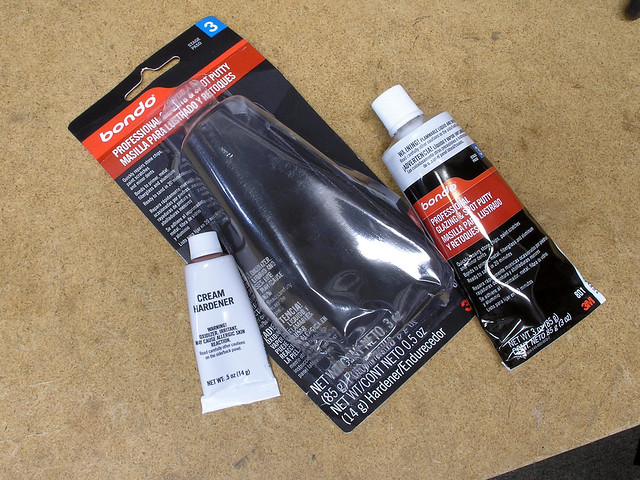I prep my paper tubes with Titebond wood glue, first by filling the spirals, then coat 2 to 3 coats over the whole outside for sanding. And after the engine mount is in I coat the inside of the tube to help prevent heat damage to the tube. I do the same to balsa fins under 8sq inches, no elmers wood filler. Larger balsa fins get papered an coated with Titebond. Fillets are done in titebond too. Only TTW fins get epoxy on the inside only of the BT after titebond mounting for reinforcing.
I'll be getting into more epoxy as I get into bigger rockets, but not until warm weahter so I can do it outside.
I mentioned this somewheres in another thread about clear coats, but I'm starting to use fishing rod epoxy as a clear coat. It's flexible, hard, scratch resistant and has UV prohibitors in it. You can add colors, Pearls, and metalics in it. I've only done one so far, it only put 5 grams onto my Estes Bull Pup 12D, and that was extra thick. Only drawback is that it is a self leveling, slow set epoxy. You have to keep rotating it every few minutes for a few hours, and then 10 minutes for few more.
I may invest in turning motor for fishing rods and alter it to accept dowels out of the engine mount.
Everyone has their own little ways of doing things. This is mine.
With a good white primer coat, you add a color pearl to the finish epoxy and skip the paint process all together. It would not be hard to do multi colors either. Metalic in the epoxy on the fins with a different color base coat. If you ever seen Mother of Pearl from sea life lining shells in the sunlight. That is what non-colored pear looks like over white. Read, oranges, pinks, greens & Blues. Sometimes gold. They basically grind the Mother of Pearl up into powder and mix it into the epoxy, or paint for auto motive use.





